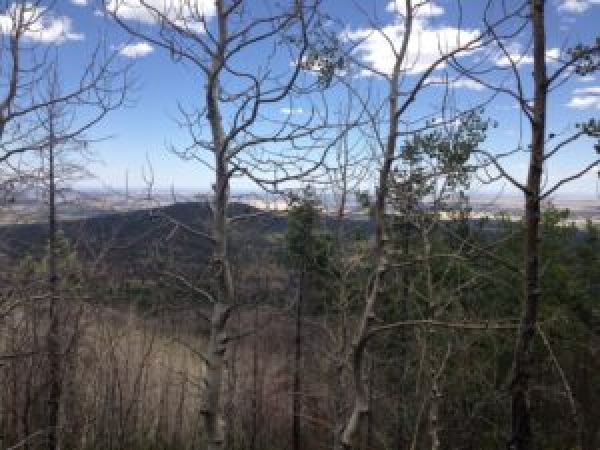Planting a tree seems like a generally good thing to do for the environment. Trees, after all, take in carbon dioxide, offsetting some of the emissions that contribute to climate change.
But all of that carbon in trees and forests worldwide could be thrown back into the atmosphere again if the trees burn up in a forest fire. Trees also stop scrubbing carbon dioxide from the air if they die due to drought or insect damage.
The likelihood of those threats impacting forests is increasing nationwide, according to new research in Ecology Letters, making relying on forests to soak up carbon emissions a much riskier prospect.
“U.S. forests could look dramatically different by the end of the century,” says William Anderegg, study lead author and associate professor in the University of Utah School of Biological Sciences. “More severe and frequent fires and disturbances have huge impacts on our landscapes. We are likely to lose forests from some areas in the Western U.S. due to these disturbances, but much of this depends on how quickly we tackle climate change.”
Read more at: University of Utah
Stressed and dying forests in the western U.S. (Photo Credit: William Anderegg)


